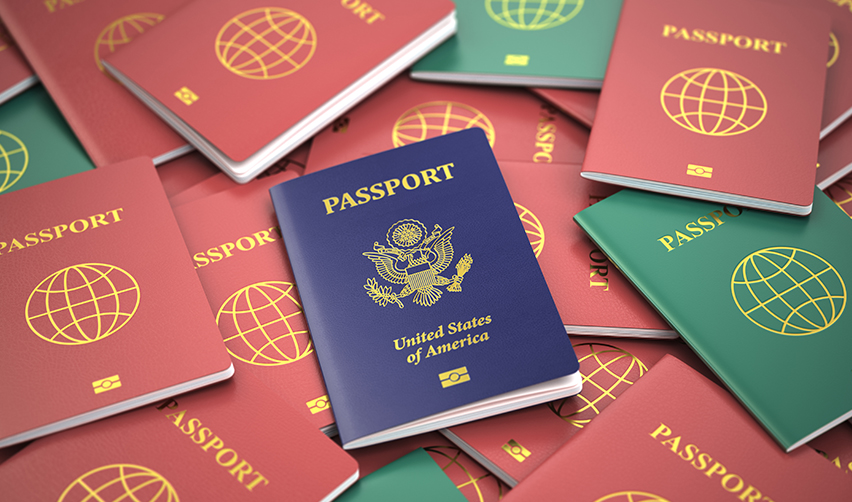Obtaining an EB-5 visa is an ideal way to get U.S. permanent residency. However, the EB-5 investment program has long been hindered by unreasonably long visa processing times, and this issue has been aggravated by the COVID-19 pandemic.
Some legislative attempts have been made to improve the process of allocating EB-5 investment visas and to increase the number of visas available to the EB-5 program. As of yet, there have been no significant changes in this regard.
The good news is that, under existing laws, there are still opportunities to improve the EB-5 investment process. Here are a few strategies that can help reduce the EB-5 visa backlog.
Reducing the Backlog
United States Citizenship and Immigration Services (USCIS) can address the EB-5 backlog by making a few changes in the process of allocating EB-5 visas. By expediting the process for specific groups of applicants, USCIS will be able to move cases through much more efficiently.
The first category that should be prioritized is EB-5 visa petitions filed by nonimmigrant status holders. Many Indian nationals living in the United States on an H-1B visa qualify as nonimmigrant status holders for purposes of the EB-5 investment program.
The other group that needs prioritization is the adjustment-eligible investors who are already living in the United States. This includes EB-5 investors in E, F, and L status. Prioritizing their applications for status adjustment will not only help reduce the EB-5 investment visa backlog but will also create an efficient process for visa allocation in the future.
Adjustment of Status for Indian Nationals
Many Indian investors have been living in the United States on other visa types and are applying to USCIS for their status to be adjusted. This will enable them to enter the EB-5 program and obtain permanent resident status.
The actual number of applicants for adjustment of status in the United States is not publicly available. However, Form I-526 statistics suggest that several of these applicants are Indian nationals.
Many of these Indian EB-5 investors first migrated to the United States as students before going on to find work within the country. They have made a significant contribution to the nation’s economy, both as students and as qualified professionals.
By expediting the process of issuing EB-5 status adjustments to this group of investors, who are already living in the United States, USCIS can ensure that the quota of EB-5 visas does not go to waste. This efficiently avoids the compounded problem of issuing visas through consulates overseas—their operations may be impaired by COVID-19.
Devising an Efficient Visa Allocation Policy for the Future
The EB-5 investment community is watching with interest for the steps USCIS will take to relieve the visa petition backlog. Foreign investors who are currently dissuaded from pursuing the EB5 investment program may gain renewed interest if visa processing becomes more efficient.
The U.S. government must take steps to expedite the allocation of EB-5 visas so that, going forwards, backlogs of other groups of investors can also be addressed. Chinese investors, for example, have been subject to cutoff dates since 2015.
If the government fails to cut down the EB-5 visa backlog, the EB-5 program may lose some of its appeal to foreign nationals. On the other hand, improving visa processing may attract more EB-5 investment capital for U.S. businesses and help reduce nationwide unemployment.







